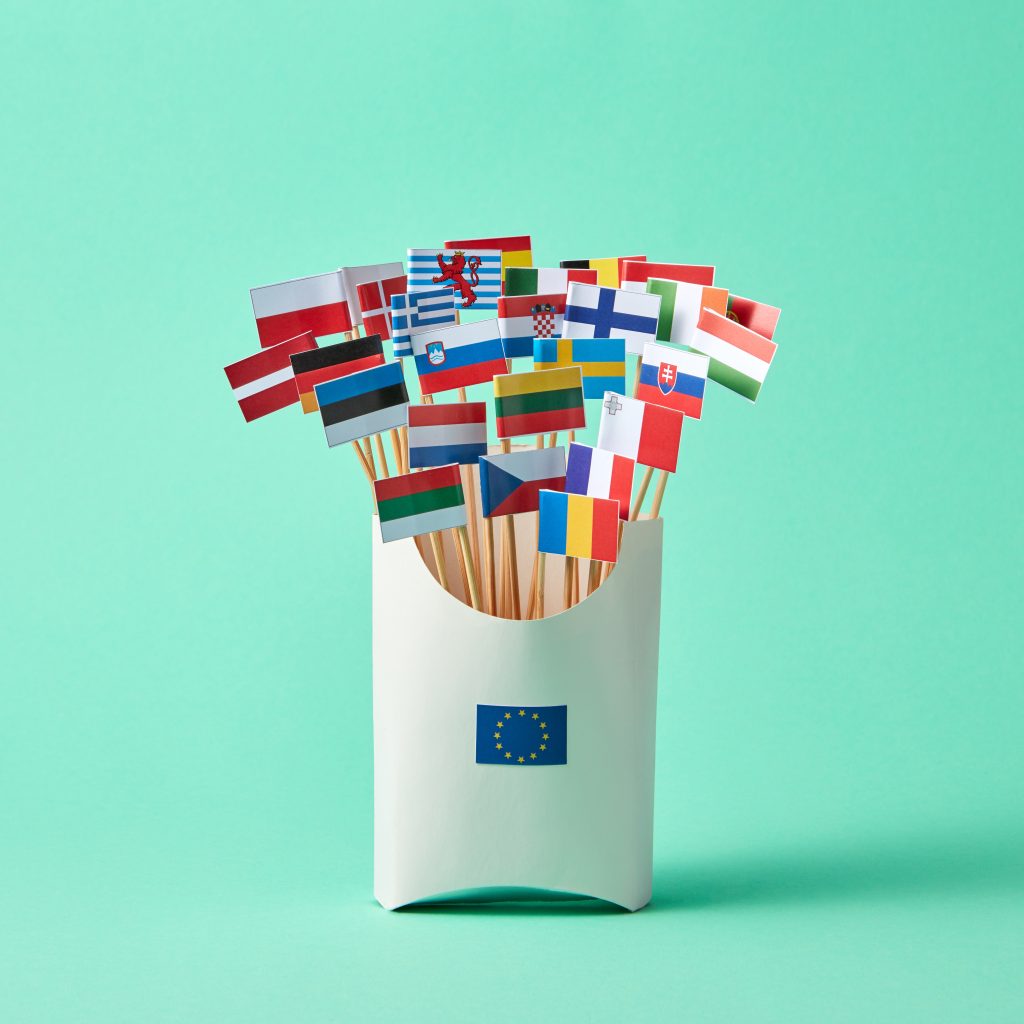Booklet labels have become an essential tool for industries that face complex packaging demands, particularly where space is limited but the need for information is high. From pharmaceuticals to agrochemicals and consumer goods, these multi-layer labels offer a flexible solution to meet both legal requirements and customer expectations.
Solving the Space Problem on Packaging
Modern products are subject to increasingly detailed labelling requirements. Companies must often display ingredients, warnings, instructions, and regulatory information on a single label. For many, the standard front-and-back label format simply does not provide enough space to meet these obligations.
Booklet labels solve this problem by adding extra layers or pages directly onto the product, allowing manufacturers to include all necessary information without compromising design or readability. This is particularly useful in regulated sectors, where omitting certain details can lead to fines, product recalls, or legal action.
Managing Multilingual Labelling
For products sold across multiple markets, booklet labels offer an efficient way to handle multilingual content. Instead of printing separate labels for each language, companies can include several translations within the same booklet. This approach reduces production costs, simplifies inventory management, and ensures that all markets receive the same product with complete instructions and safety information.
Common examples include cosmetics sold across Europe, where legal requirements demand product descriptions and safety warnings in multiple languages. Similarly, medical devices and pharmaceutical products often rely on booklet labels to provide user guidance in various languages while maintaining compliance with strict healthcare regulations.
Meeting Regulatory Demands in High-Risk Industries
Industries dealing with hazardous substances often have some of the most demanding labelling rules. In sectors like agrochemicals or industrial chemicals, booklet labels are used to display safety data sheets, usage restrictions, and detailed handling instructions. These labels help companies meet international shipping standards and comply with domestic laws without resorting to oversized packaging.
Booklet labels also play a crucial role in healthcare. Prescription medicines, over-the-counter drugs, and nutritional supplements frequently require detailed dosage instructions, side effect warnings, and regulatory disclaimers. Booklet labels make it possible to fit all this legally required information directly on the product, avoiding the risk of non-compliance.
Supporting Consumer Engagement and Product Information
Beyond compliance, booklet labels also serve a marketing function by offering extra space for promotional material, loyalty schemes, or product education. Food and drink brands sometimes use booklet labels to share recipes, usage tips, or brand stories alongside regulatory information. This additional space helps brands connect with customers without cluttering the main label.
Booklet labels are a versatile solution wherever packaging must balance legal requirements, consumer convenience, and branding. For businesses operating in multilingual markets or under strict regulatory controls, they offer a practical way to simplify processes, reduce costs, and maintain packaging clarity. As regulations continue to evolve, booklet labels remain one of the most adaptable options for ensuring packaging stays compliant, informative, and customer-friendly.



